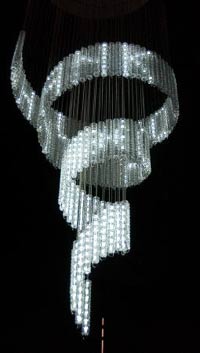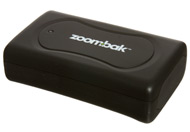Nearly two years ago I wrote a long missive about how the mobile marketing of tomorrow is beyond anything that you can imagine. It predicted a time when retailers such as Starbuck’s could have vending trucks in larger cities, which they could deploy instead of leasing expensive every-other-corner real estate.
Vending locations wouldn’t be fixed. Instead, I suggested that the following could happen:
- The retailer (say, Starbuck’s) could aggregate cell phone data about your movements, as well as everyone else’s who want the same services as you, and …
- Anticipate through statistical means where to locate itself to fulfill those needs, and …
- Alert you via your cell phone where they are in real time (e.g., “We’re two blocks away — care for your favorite beverage?”)
I didn’t expect this to happen overnight. In fact, two years was a pretty aggressive time line in my estimation.
Therefore, I’m a little giddy to see the first part of the process being mapped out and monetized. Check out the new Sense Networks product offering, for a peek into the future of retailing that factors in predictive modeling of where customers will be next.
Harvesting the low-hanging fruit, Sense Networks is focusing on helping find city nightlife hot-spots. Its site explains how this product, Citysense, works:
Citysense is an innovative mobile application for local nightlife discovery and social navigation, answering the question, “Where is everybody?”
Citysense shows the overall activity level of the city, top activity hotspots, and places with unexpectedly high activity, all in real-time. Then it links to Yelp and Google to show what venues are operating at those locations. Citysense is a free demonstration of the Macrosense platform that everyone can enjoy.
I see this as the beginning of a location-free bank branch or coffee shop. Exciting stuff!
 These posts were written two years ago.
These posts were written two years ago. Meet the Zoombak
Meet the Zoombak